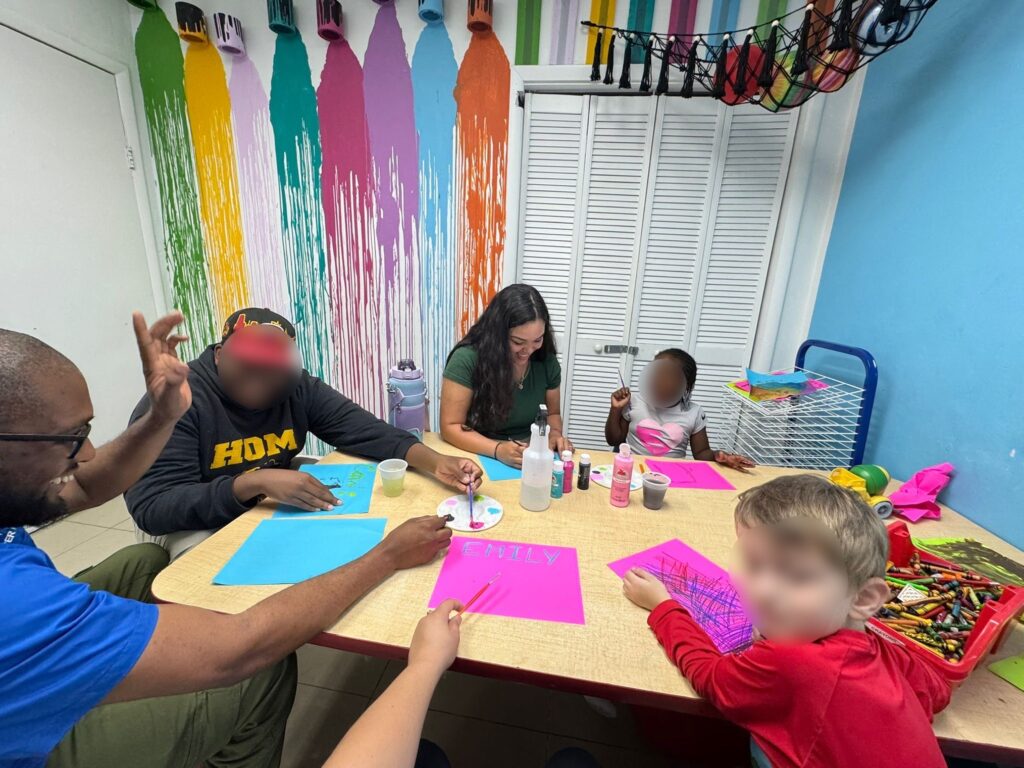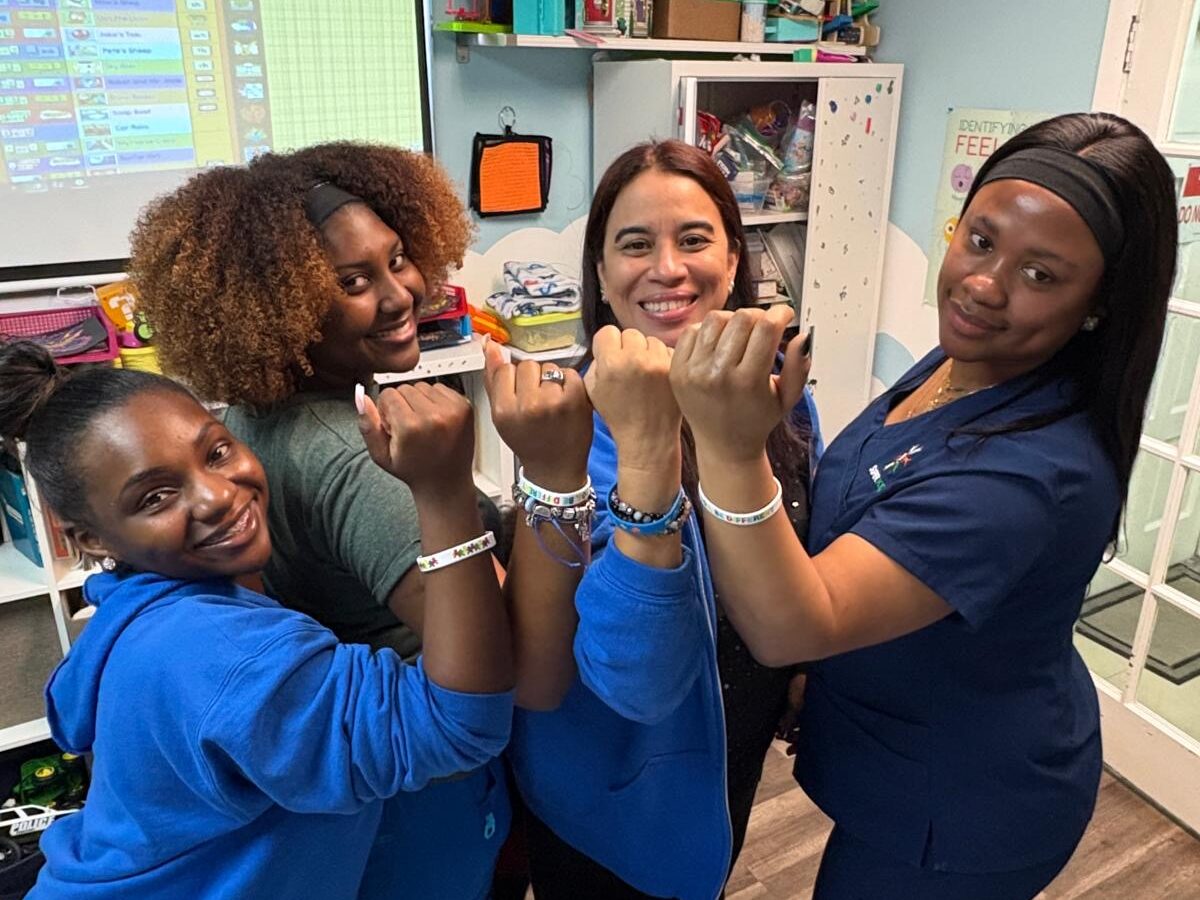
From Therapy Room to Classroom – ABA Strategies for Back-To-School transitions
The Transition From Clinic to Classroom Is Bigger Than You Think
Back-to-school season doesn’t just mean new backpacks or bus routes; it can mean shifting routines, rising anxiety, and regression risks for our clients.
And while not every child is heading back to school this month, many are juggling both ABA sessions and the demands of a classroom.
As ABA Therapists, we’re in a powerful position to bridge that gap.
You don’t need hours of prep or brand-new programming. Sometimes, all it takes is a few minutes of intention inside session.
✅ 1. Model the School Day in Session
Repetition. Predictability. Practice. You already know these are cornerstones of learning for our Superkiddos, so use them to simulate real-life routines before they happen.
Try this inside session:
- Use a visual sequence to walk through the morning routine: wake up → brush teeth → get dressed → pack backpack
- Practice opening a lunchbox, putting on a backpack, or lining up at the door
- Use reinforcement to create positive emotional links with each step
- Role-play entering a classroom, sitting in circle time, or greeting peers
🛠️ Pro tip: Use LessonPix, Canva, or real-life photos from the family to create visuals that actually feel familiar.
📘 2. Create a Back-to-School Social Story
Social stories work because they reduce ambiguity, and ambiguity is often what triggers dysregulation.
Keep it short, concrete, and visual:
Sometimes the classroom is loud. I can cover my ears or ask my teacher for help. It’s okay to feel that way.
Include:
- Where the child will go
- What they might see or hear
- What they can do if they feel overwhelmed
If parents can send real photos of the teacher, school, or bus, include them!
✋ 3. Practice Communication & Coping Ahead of Time
The first week of school is full of unpredictability. Help your clients build functional communication tools to use when things go sideways.
In-session, practice:
- Requesting help or breaks
- Using “I feel [emotion]” visuals
- Coping cards for noisy spaces, long lines, or surprise changes
Tools that work well:
🧠 First/Then boards
🧘 “I need space” visuals
📦 Break cards
🔁 Rehearsed scripts for transitions or unexpected events
Even just teaching a child to ask for help can prevent a meltdown on the first day.
🤝 4. Team Up With Families (and Teachers, if Possible)
You’re not doing this alone, and neither are they.
Ask parents:
- “What’s your biggest concern right now?”
- “What worked well last year?”
- “Want help with a simple home visual or a teacher info sheet?”
If they’re open, you can help write a One-Page Profile for school staff that includes:
- Strengths and motivators
- Triggers to avoid
- Calming strategies
- Communication preferences
- Preferred reinforcers
You’re helping build a consistent, emotionally safe bridge between home, therapy, and school.
💙 5. Be the Safe Base. Then Celebrate the Wins
Transitions can bring regressions. Clinginess. Outbursts. Silence. It’s all valid.
Your role?
Be the constant. The calm. The safe person they return to when school feels too big.
And don’t forget to celebrate the small wins:
- They wore the uniform for the first time? 🎉
- Used a break card at school? 🙌
- Walked into the building without crying? 🚀
Those are the moments parents remember. Those are the things that matter.

Final Thought: Transitions Aren’t Just a Family Matter, They’re a Team Effort
As ABA professionals, we are more than data trackers; we are co-regulators, skill-builders, and bridges.
When we help a child walk into school with more confidence, clarity, and calm… we’re not just supporting a transition.
We’re shaping their sense of safety in the world.
So whether it’s a 10-minute visual, a role-play game, or an email to a parent, you’re making a difference.
Let’s help our kids go from therapy room to classroom, one visual, one deep breath, and one smile at a time.
Together, we make it better! ✨
📩 Share this post with a fellow RBT or BCBA.
Want to be part of the Super Kids team? Apply Here!